Alden Patterson, the last living member of a once-wealthy Toronto family, is haunted by the legacy of her grandfather, William Patterson, whose suicide taints the family name. She lives in the decaying Patterson House with Constance, a foundling, and John Hunt, an injured war veteran and the family’s former gardener. When Alden is reduced to taking in boarders, she thinks she has found a way to survive until the crash of 1929 leaves her truly desperate and one particular boarder threatens to destroy everything she thinks she wants.
“Part sweeping historical novel, part ghost story, part coming of age tale and part feminist rally cry, Patterson House is a novel that manages to do so much at once. I loved the close examination of Toronto’s history and the reality of women’s limited options in the early 1900s. Alden Patterson is a fictional hero for our times, a woman trying hard to retain her independence in an era that doesn’t allow for it. Cawthorne’s writing is fluid and spare, allowing the novel’s twists and turns to guide the reader. This is a wonderful book.”
—Amy Stuart, author of Still Mine, Still Water, and Still Here
“One of the numerous delights of this first novel is the picture it presents of Toronto at the turn of the twentieth century and into the 1930s. But it is Toronto as lived in by women: the unwed mothers, the motherless girls, the women who have given up their rights when they marry only to discover how bad the bargain they have made is, and also, but certainly not the least, those brave ones who defy convention and refuse the life laid out for them. Salvation for women is hard to come by in this writerly world, but it sometimes does through dogged persistence, mutual support, simple courage, and once in a while, through plain dumb luck.
Jane Cawthorne’s Patterson House is a tightly-woven, warm and lively novel that builds in tension in such a way that nearing the end, the reader won’t be able to put the book down.”
—Sharon Butala
“The Patterson House saga is old-fashioned in all the right ways: a great broad canvas of time and event; multiple characters with deeply complicated desires and obstacles; and maybe best of all, writing that is both muscular and lyrical. PBS, are you reading??”
—Sandra Scofield, author of six novels, including Beyond Deserving, which was a finalist for the National Book Award.
“As Patterson House crumbles under the sins and ghosts of the past, readers are gifted with a vivid portrayal of the women behind its walls. Forced to live with the injustices of a man’s world, the remarkable heroines Alden and young Constance share their guilt and grief, resilience and bravery, love and loyalty. Jane Cawthorne’s deeply compelling debut novel—by turns gripping, tragic, and tenderly innocent—will both break and capture your heart.”
—Fran Kimmel, author of No Good Asking

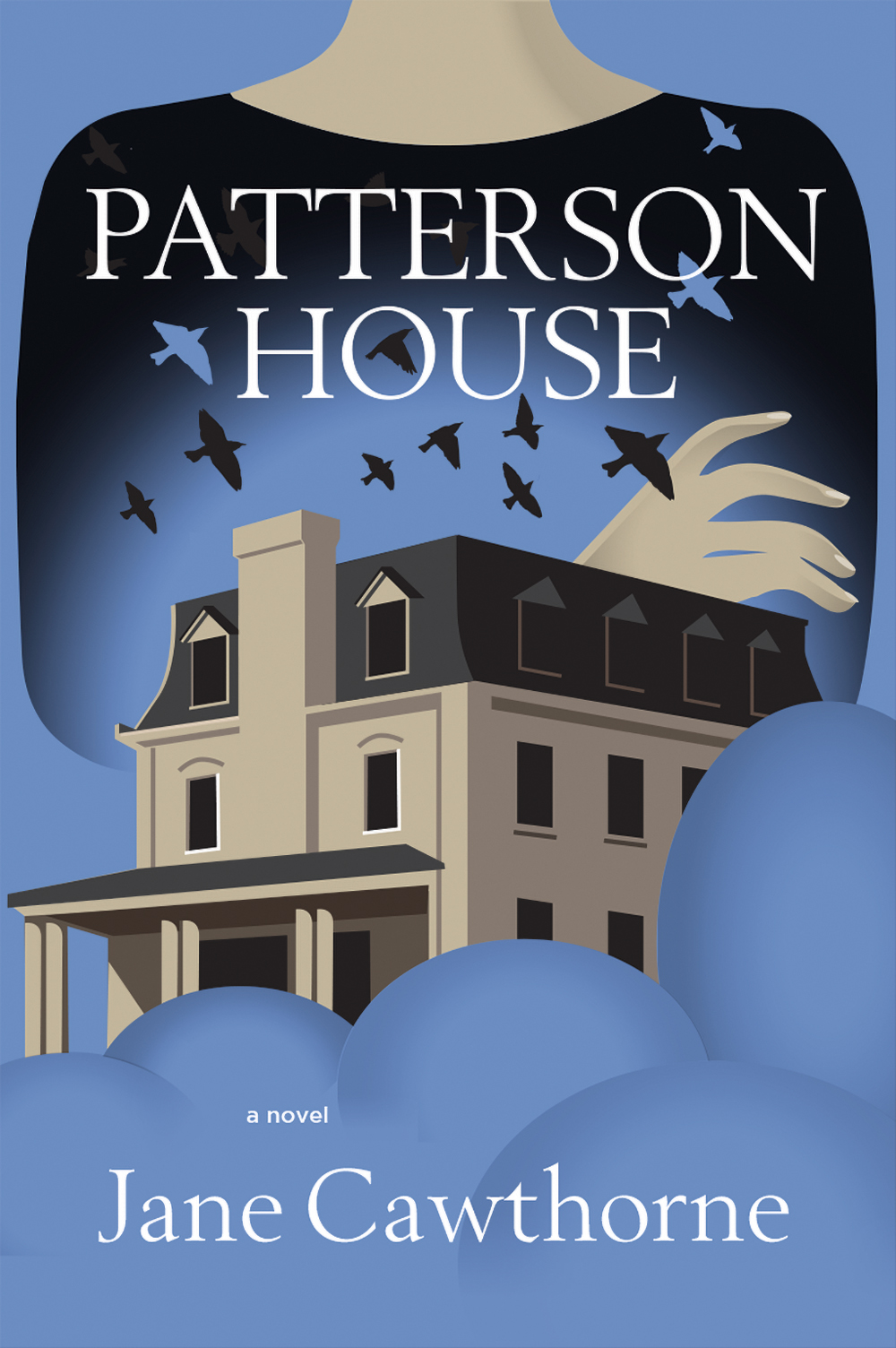

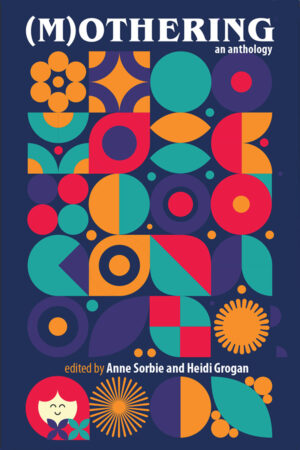
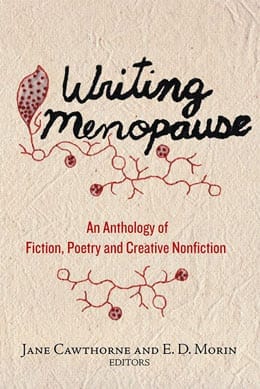
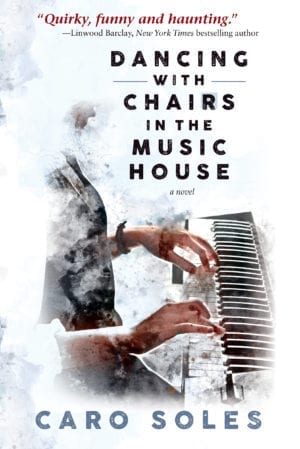

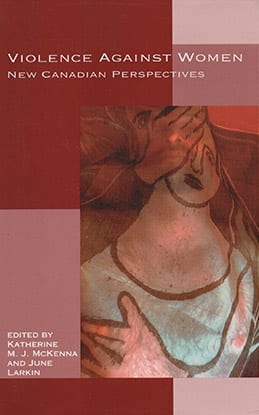
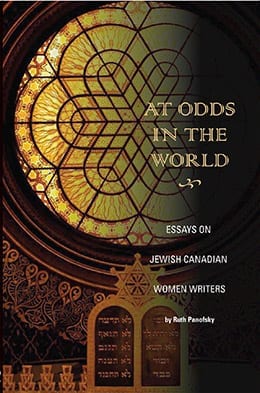
Rob Lunney –
I thoroughly enjoyed this book. The characters were engaging and the author really brought the fictional house and the old City of Toronto to life for me.
Inanna Admin –
Patterson House by Jane Cawthorne
reviewed by The Minerva Reader – November 24, 2022
https://theminervareader.com/library-2022
Alden Patterson, the last living member of a once-wealthy Toronto family, is haunted by the legacy of her grandfather, William Patterson, whose suicide taints the family name. She lives in the decaying Patterson House with Constance, a foundling, and John Hunt, an injured war veteran and the family’s former gardener. When Alden is reduced to taking in boarders, she thinks she has found a way to survive until the crash of 1929 leaves her truly desperate and one particular boarder threatens to destroy everything she thinks she wants.
My Review: This masterfully crafted novel impressed on so many levels; the impeccable plotting, the depth of characterization and the vivid sense of time and place. A striking portrayal of what it was like to be a woman in the early twentieth century. PS I live in the area mentioned in the book and I, being a newbie of only having lived here for fifteen years, call it The Beaches!
gettingandspending –
Patterson House is a march through Canadian history: certainly focussed on Toronto, but it captures the times of most larger cities of the era, and should resonate partricularly with older readers whose parents lived then. It brings to life a time when reality was both more rigid in social terms, and yet much more fluid – times when an individual could often get away with underhanded activities, with changing identity, and denying their history, Innocence, naivety and trust were more abundant than they are today. The characters are well-drawn and compelling, and reflect the mores of the times in their manners and beliefs. You can almost smell the mustiness of the neglected old house as you read, and yet the talemoves along in a wonderful blend of traditional and contemporary story-telling.
Inanna Admin –
Patterson House by Jane Cawthorne
reviewed by Waheed Rabbani
Historical Novel Review, issue 103 – February 2023
https://historicalnovelsociety.org/reviews/patterson-house/
In 1873, Maudie, a young and pregnant maid at Patterson House, a sprawling mansion on the shores of Lake Ontario, Canada, struggles up the back stairs to her third-floor room. While shocked to see her master William Patterson’s body hanging by the rafters, she spits on it for his past abuses.
In 1916, young Alden Patterson, William’s granddaughter, sneaks out of the servant’s entrance of Patterson House to attend a march for the temperance movement. However, after finding a baby in a trash bin, she is compelled to return home since the authorities are busy controlling the parade. Alden’s stern father instructs her to take care of the baby and names her Constance. When her father succumbs to cholera and her brothers die in WWI, Alden is left with large debts. She takes in boarders, and moody Constance assists in the housekeeping. A former gardener, John, returns and takes over the maintenance of the crumbling mansion. But the crash of 1929 and the strange behavior of a tenant—Carling, Maudie’s son—threaten Alden’s survival.
As stated in the acknowledgements, award-winning author Jane Cawthorne writes about “women in moments of crises and transformation.” She does remarkably well in narrating the development of this novel’s two main characters, Alden and Constance. Cawthorne, a former resident of Toronto, provides interesting details in the settings and scenes around the city. While Patterson House is fictional, its vivid description likens it to any of the rambling mansions in The Beaches neighborhood. The norm for women to play a subservient role in that era are aptly demonstrated in the impediments faced by Alden and Constance in attempting to lead a respectable life. While Carling’s misogynistic behavior, in contrast to John, is somewhat exaggerated, it nevertheless highlights his deplorable character. Few readers would consider him excused by his unfortunate upbringing. The introduction of a ghost adds appeal to the novel—an informative read.
Inanna Admin –
#1808 The rich and the desperate
Patterson House by Jane Cawthorne
reviewed by Valerie Green
The BC Review(formerly The Ormsby Review) – May 16, 2023
https://thebcreview.ca/2023/05/15/1808-green-on-cawthorne/
In her novel Patterson House, Jane Cawthorne has produced a warm yet tragic story of a once-wealthy Toronto family who still own a stately mansion known as Patterson House.
Cawthorne begins in 1873 with the ghostly voice of William Patterson, who has just committed suicide by hanging himself in the attic of the house. This event destroys the family name, his business, and the lives of his son, Rogers, two grandsons and granddaughter, Alden.
The story then jumps to 1916. Alden remains in the decaying house after her two brothers both die in the War; her father, Rogers, continues to allow the family business to go downhill. He turns to alcohol to cover the pain of losing his sons. After he dies, Alden becomes the last living member of the family and soon discovers that maintaining a large house is far from easy.
Earlier, on her way to a Temperance Meeting where she finds solace, Alden gets lost and wanders into the slum area of Toronto known as The Ward. She finds a baby left to die in the rubbish and is forced to decide about keeping the foundling. As there is no one willing to take the baby (and even the police do not seem interested in trying to locate the mother), Alden brings the girl home to Patterson House and names her Constance.
Between 1916 and 1954, the story follows Alden, Constance, and John Hunt, an injured war veteran and former gardener at Patterson House. He returns to the house a disfigured man and Alden takes him in. They are a strange trio who rely on one another but seem unable to express affection.
Their sad and painful stories bring a poignant beauty to this tale. As the two women fight to survive the lives that they have been dealt, Patterson House showcases the resilience of women in a man’s world. Their stories are interspersed with the ghostly voice of Alden’s grandfather, William, whose own past sins do not allow him to leave the house he built. His ghost lingers on unseen as he watches over the current inhabitants. Cawthorne’s delightfully different choice for a narrator complements an already beautifully written story. I found myself looking forward to hearing from William Patterson and knowing more about him and the wives that he cheated on.
Cawthorne’s writing flows and her characters come to life. There are passages that jump off the page. For instance, when Alden is expected to marry she’s already disillusioned. At a young age she discovered the man she imagined she loved (who ran the Temperance Society) was already married. One day she sits on the front steps of Patterson House and thinks about her life:
. . . she has Constance. Her penance, according to her father (as he falls into alcoholic oblivion). Her calling according to Father Moore (her Priest). Perhaps they are both right. But her penance for what? For her defiance? For wanting more than marriage to some podge of a man who is not her equal? For not being able to pretend that marriage is enough?
Alden wants more from life in an era when marriage alone was supposed to be enough for women.
Other strong characters come into the story, such as Constance’s only friend, Gwen, who is later abused by her step-father, and Gwen’s mother, yet another abused woman.
But Cawthorne’s story is not all doom and gloom. It shows another side of a dismal picture—the strength of women who learn how to survive against all odds. Alden, for instance, is forced to think up ways to keep Patterson House running—like taking in boarders while working her fingers to the bone with the help of Constance and John.
But when one particular boarder, Carling Grant, enters the scene, the story becomes even stronger and echoes the book’s opening scene. Cawthorne’s technique weaves the story’s many twists and turns into a strong, surprising ending.
In the final scene, Cawthorne jumps to October 1954. We learn about the fate of Patterson House and the comeuppance of William Patterson. This was a book I literally could not put down until that very last page—when I still wanted more.
Victoria’s Jane Cawthorne is an expert at writing about women in crises and she has published many short stories, essays, and a play on that subject. Her debut novel Patterson House captures historical Toronto, the city where she herself grew up.